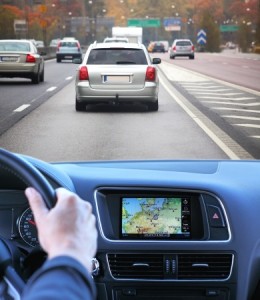 As we mentioned in a recent post, self-driving cars are expected to become the norm over the next 20 years. While the technology is still in its early stage of development, researchers believe self-driving vehicles will keep people safe and cut down on carbon emissions.
As we mentioned in a recent post, self-driving cars are expected to become the norm over the next 20 years. While the technology is still in its early stage of development, researchers believe self-driving vehicles will keep people safe and cut down on carbon emissions.
Self-driving cars may be the way of the future, but emerging technologies are already cutting down on commute times, protecting the environment, and keeping drivers safe. Below, we share some of the coolest innovations that are getting you to your destination quicker, and in one piece.
Traffic Light Information Systems
Audi has developed a Traffic Light Information System in some of its higher-end vehicles that tells the driver how long before the upcoming traffic light changes. Think of all the ways this could benefit a driver! Knowing how much time left on a light can allow a driver to speed up a bit to make a light, or slow down to stay in a constant “green wave.†Also, if you’re stuck at a red light, you know when it will turn green, so you can take a few seconds to enjoy the scenery or look back at your children without fearing that you’ll miss the light turn green.
Smart GPS
Global Positioning Systems help drivers get from one place to another with ease, and although they can give you alternate routes in the event of construction or accidents, they aren’t the best at sensing delays in real-time. Newer GPS models are looking to do just that – provide real-time information so drivers can take a different route before they get into the traffic jam. This technology would sure come in handy the next time some driver causes an accident on the 394/94 interchange because he merged past the double white lines.
In-Car Connectivity
It seems that cars today are being fitted with new gadgets almost daily. Some of the newest models are equipped with Wi-Fi and the latest mobile apps. Instead of checking stocks or your Facebook feed on your phone while in a traffic jam, your car can display this information right on the console. You should always keep your eyes on the road, but queuing up the latest information while keeping your hands on the wheel can help keep you sane and safe during a traffic jam.
Smart Brakes
Mercedes Benz is working on a smart braking system that momentarily keeps your car still while you switch your foot from the brakes to the gas. If you’re stuck in traffic while going uphill, that extra second can be the difference between moving along smoothly and rolling backwards into the car behind you. They are also working on a similar system for flat surfaces. Instead of keeping the brakes engaged the whole time while you wait for the light to change, the new Mercedes Benz will maintain brake pressure without needing to have the pedal depressed. Once the light turns green, simply hit the gas and you’re off and running.
Related source: New York Daily News
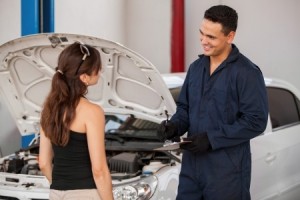
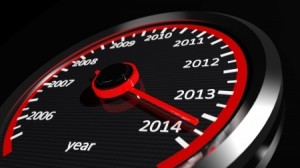
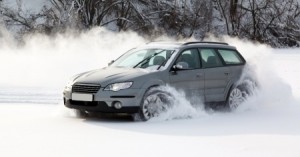 Let’s face it. Just because we get plenty of opportunities to drive in snowy conditions doesn’t mean we’re all experts. Driving takes skill even in perfect conditions, so it’s especially important to practice safe driving habits when the weather is less than ideal. Below, we share five driving tips to remember as the winter weather continues.
Let’s face it. Just because we get plenty of opportunities to drive in snowy conditions doesn’t mean we’re all experts. Driving takes skill even in perfect conditions, so it’s especially important to practice safe driving habits when the weather is less than ideal. Below, we share five driving tips to remember as the winter weather continues.
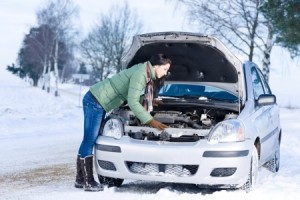
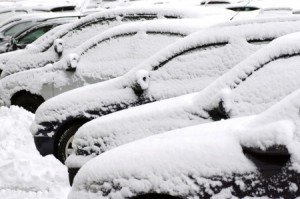
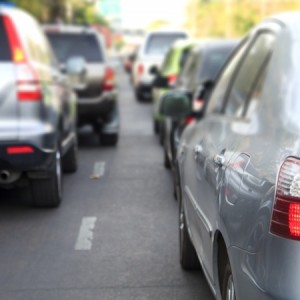

 Brace yourself. Winter is coming. Make sure you take appropriate steps to ensure your car is ready for another cold Minnesota winter. Below, we share some tips to help you winterize your car.
Brace yourself. Winter is coming. Make sure you take appropriate steps to ensure your car is ready for another cold Minnesota winter. Below, we share some tips to help you winterize your car.